Sargent Crabapple
- November 22, 2023
- 0 comment
Sargent Crabapple, scientifically known as Malus sargentii, is a charming ornamental tree celebrated for its exquisite blossoms and compact size. Native to Japan, Korea, and China, this deciduous tree belongs to the Rosaceae family and is a favorite among gardeners and landscapers.
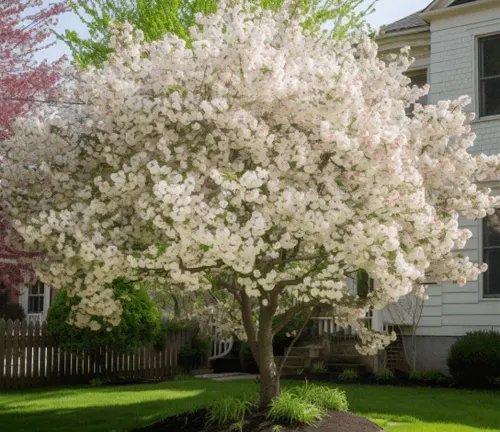
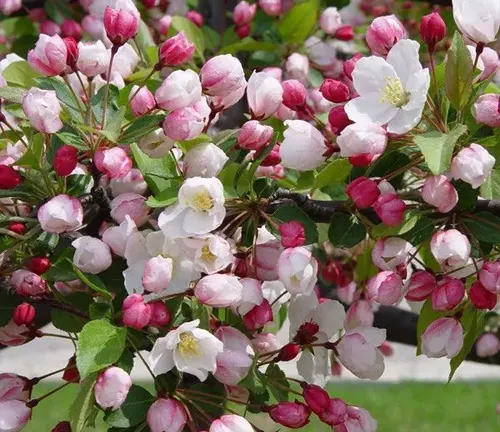
The Sargent Crabapple typically reaches a height of 8 to 12 feet, making it an ideal choice for smaller gardens and urban landscapes. In spring, the tree transforms into a spectacle of beauty with its profusion of fragrant pink or white blossoms, creating a stunning visual display. The foliage, featuring dark green leaves, adds to its appeal throughout the growing season.
Come autumn, the Sargent Crabapple surprises with small, vibrant red or yellow fruits that persist into winter, providing visual interest and attracting birds. Known for its hardiness and adaptability, this tree thrives in a variety of soil types and is relatively low-maintenance. Its graceful form, coupled with the ability to withstand harsh conditions, makes the Sargent Crabapple a sought-after choice for those seeking year-round beauty in a compact package for their outdoor spaces.
| Attribute | Details |
|---|---|
| Scientific Name | Malus sargentii |
| Family | Rosaceae |
| Native To | Japan, Korea, China |
| Height | 8 to 12 feet |
| Type | Deciduous |
| Blossom Color | Pink or White |
| Foliage | Dark Green |
| Fruit Color | Red or Yellow |
| Blooming Season | Spring |
| Fruit Season | Autumn |
| Special Features | Fragrant blossoms, Compact size |
| Environmental Tolerance | Hardy, Adaptable to various soil types |
| Maintenance | Low |
Brief Overview of the Tree
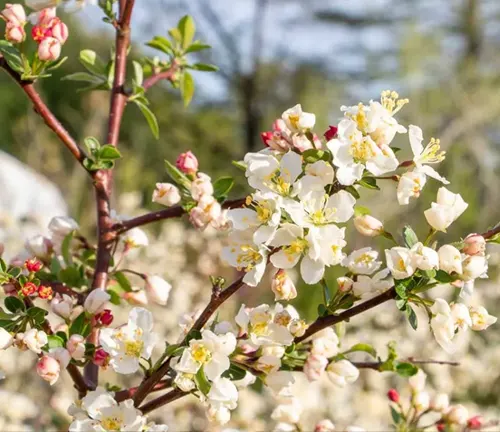
The Sargent Crabapple, a botanical masterpiece known by its scientific name Malus sargentii, is a tree that enchants with its compact size and captivating aesthetics. Originating from the picturesque landscapes of Japan, Korea, and China, this deciduous wonder graces gardens and urban spaces with its delicate blossoms and vibrant foliage, making it a cherished choice for nature enthusiasts.
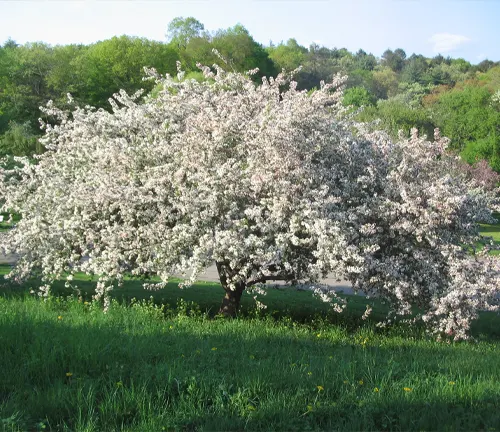
Attributes and Characteristics
Standing at a modest height of 8 to 12 feet, the Sargent Crabapple showcases fragrant pink or white blossoms in spring, accompanied by enduring dark green leaves. As autumn descends, the tree surprises onlookers with its small, vividly colored fruits, adding a touch of charm to its ornamental profile. Its adaptability and hardiness make it a resilient addition to diverse environments.
Natural Setting
The Sargent Crabapple finds its roots in the scenic landscapes of Japan, Korea, and China, where it thrives in varying climates. Understanding its natural setting provides insight into the tree’s preferences, guiding enthusiasts in cultivating and appreciating its beauty worldwide.
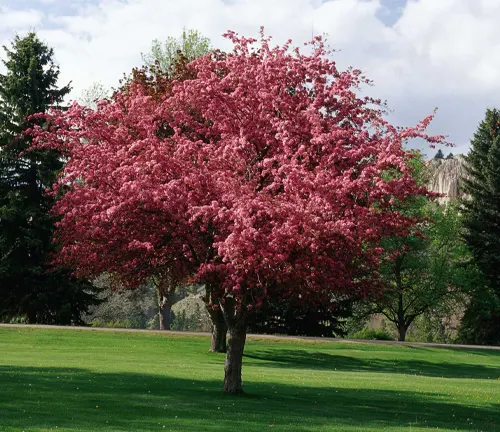
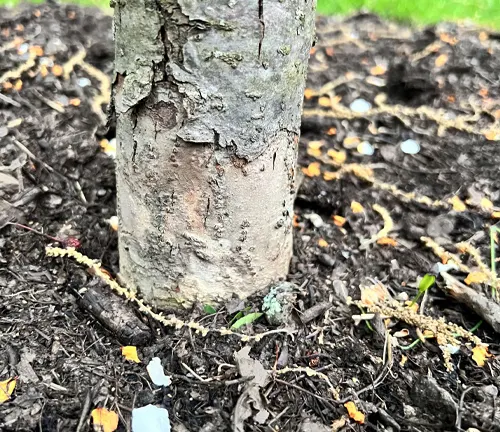
Soil Type
This arboreal gem is not demanding when it comes to soil, adapting well to various conditions. Its versatility allows it to flourish in different soil types, making it a flexible choice for gardeners and landscapers.
Soil Preferences
While adaptable, the Sargent Crabapple prefers well-draining soil. The key to fostering its health and vitality lies in ensuring proper drainage, providing a foundation for its flourishing growth.
Hardiness Zone
Known for its robust nature, the Sargent Crabapple comfortably resides in a range of hardiness zones. This resilience makes it a reliable and enduring choice for a variety of climates.

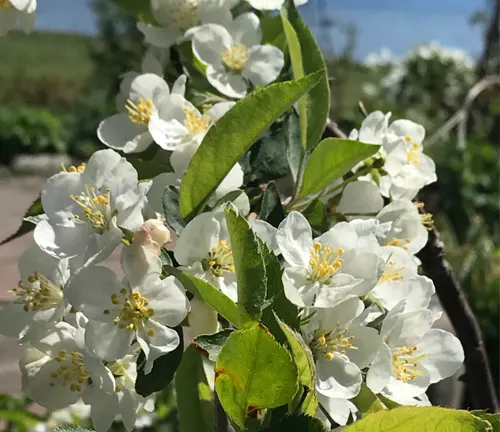
Sun Preference
Basking in the full glory of sunlight, the Sargent Crabapple flourishes in areas with ample sun exposure. Its preference for sunlight underscores its dependence on this essential element for optimal growth and blooming.
Wildlife Value
Beyond its visual appeal, the Sargent Crabapple contributes to the ecosystem by attracting birds with its small, vibrant fruits. The tree becomes a hub of activity, providing both visual interest and a valuable food source for the local wildlife.
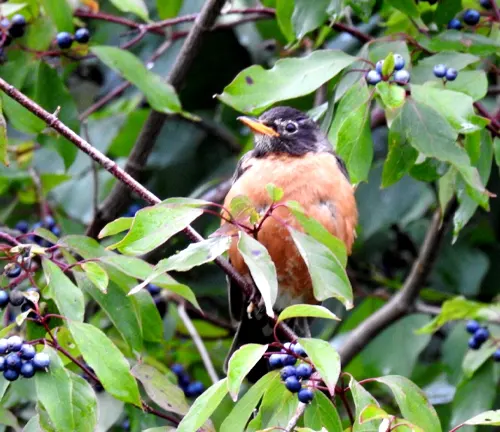
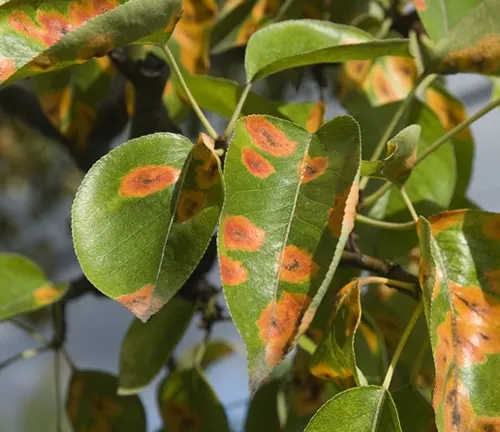
Common Pests & Diseases
Though generally hardy, the Sargent Crabapple is not immune to common pests and diseases such as aphids and powdery mildew. Vigilant monitoring and timely intervention are essential to maintain the tree’s health and vitality.
Care
A low-maintenance companion, the Sargent Crabapple requires minimal care. Pruning in late winter or early spring helps shape the tree and encourages optimal blooming, ensuring it remains a picture of botanical beauty.
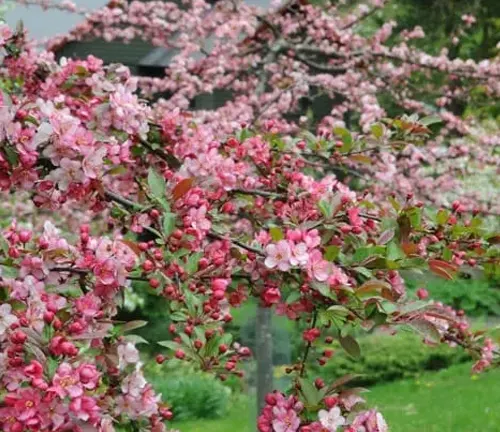
Health
Ensuring the overall health of the tree involves practices such as proper watering, well-drained soil, and prompt action in addressing any pest or disease challenges that may arise.
Safety
With proper care, the Sargent Crabapple poses no significant safety concerns. Regular maintenance, including pruning, plays a vital role in preventing potential hazards and ensuring a safe environment.
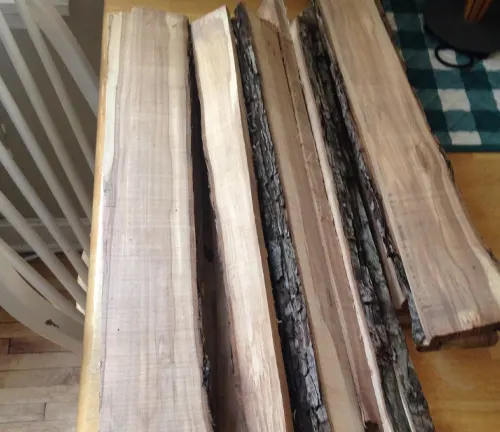
Wood Products
While not a primary source of wood products, the wood from the Sargent Crabapple can find purpose in smaller crafts or decorative projects, adding a touch of natural elegance.
Edible or Not
The small fruits of the Sargent Crabapple are technically edible, although their tartness may deter direct consumption. Some enthusiasts choose to use them in culinary creations like jams or jellies, appreciating their unique flavor.
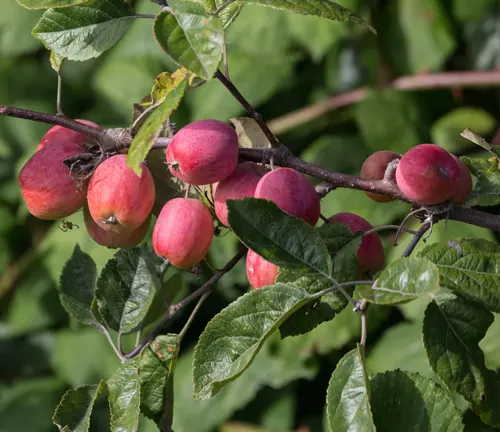
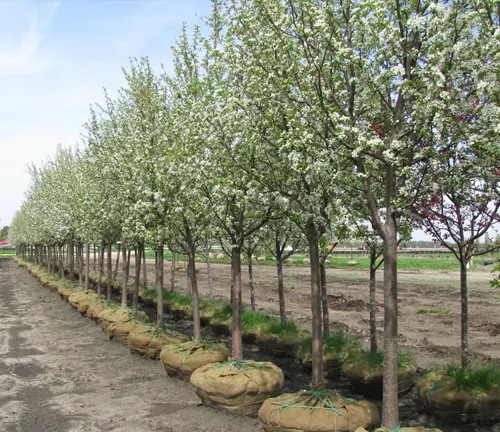
Benefits
Beyond its visual appeal, the Sargent Crabapple contributes to biodiversity, provides habitat and food for wildlife, and adds intrinsic value to landscaping projects, making it a multifaceted asset.
Enhancing the Quality of Life
Planting a Sargent Crabapple goes beyond aesthetics; it enhances the quality of life by bringing beauty to outdoor spaces, attracting wildlife, and providing a sense of tranquility to those who admire its presence.
Contribution to the Environment
The tree’s contribution to the environment extends beyond its immediate surroundings, improving air quality, providing shade, and supporting local ecosystems through its ecological contributions.
Disadvantages
While the Sargent Crabapple offers numerous benefits, it may pose challenges in terms of potential susceptibility to pests and diseases. Vigilant care and proactive measures are necessary to overcome these disadvantages.
Longevity
With proper care and attention, the Sargent Crabapple boasts a relatively long lifespan, becoming a enduring source of beauty and natural wonder in landscapes for many years.

Fun Facts
Delve into the intriguing world of the Sargent Crabapple with fun facts; did you know it belongs to the Rosaceae family, linking it to the botanical company of roses, strawberries, and almonds? These botanical connections add an interesting layer to its identity in the plant kingdom, making it a fascinating subject of study and admiration.
Frequently Asked Questions (FAQs)
1. What is a Sargent Crabapple?
The Sargent Crabapple, scientifically known as Malus sargentii, is an ornamental tree appreciated for its compact size, delicate blossoms, and vibrant foliage. It is native to Japan, Korea, and China.
2. How tall does a Sargent Crabapple tree typically grow?
Sargent Crabapples usually reach a height of 8 to 12 feet, making them ideal for smaller gardens and urban landscapes.
3. When does the Sargent Crabapple bloom?
The tree typically blooms in spring, adorning itself with fragrant pink or white blossoms that create a visually stunning display.
4. What are the characteristics of the Sargent Crabapple’s foliage?
The tree features dark green leaves that persist throughout the growing season, contributing to its aesthetic appeal.
5. What color are the fruits of the Sargent Crabapple, and when do they appear?
The fruits of the Sargent Crabapple are small and come in vibrant red or yellow hues. They typically appear in autumn and can persist into winter.
6. Is the Sargent Crabapple adaptable to different soil types?
Yes, the Sargent Crabapple is known for its adaptability and can thrive in various soil conditions. However, it prefers well-draining soil.
7. In which hardiness zones does the Sargent Crabapple thrive?
The Sargent Crabapple is known for its hardiness and can comfortably thrive in a range of hardiness zones, making it versatile for different climates.
8. Does the Sargent Crabapple require full sunlight?
Yes, the Sargent Crabapple flourishes in areas with full sun exposure, highlighting its preference for ample sunlight for optimal growth and blooming.
9. What is the wildlife value of the Sargent Crabapple?
The tree attracts wildlife, particularly birds, with its small, vibrant fruits, providing both visual interest and a valuable food source for local fauna.
10. Are there common pests and diseases that affect the Sargent Crabapple?
While generally hardy, the Sargent Crabapple can be susceptible to common pests like aphids and diseases such as powdery mildew. Regular monitoring is advised.
11. How do you care for a Sargent Crabapple tree?
The Sargent Crabapple is low-maintenance. Pruning in late winter or early spring helps shape the tree and encourage optimal blooming.
12. Are the fruits of the Sargent Crabapple edible?
The small fruits are technically edible, but their tartness may not make them appealing for direct consumption. Some use them in jams or jellies.
13. What benefits does the Sargent Crabapple provide?
The tree contributes to biodiversity, provides habitat and food for wildlife, and adds aesthetic and ecological value to landscaping projects.
14. How does the Sargent Crabapple enhance the quality of life?
Planting a Sargent Crabapple enhances the quality of life by bringing beauty to outdoor spaces, attracting wildlife, and providing a sense of tranquility.
15. What are some fun facts about the Sargent Crabapple?
The Sargent Crabapple belongs to the Rosaceae family, linking it to roses, strawberries, and almonds, adding an interesting botanical connection to its identity.


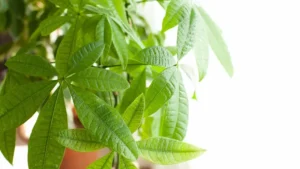
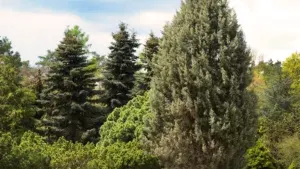
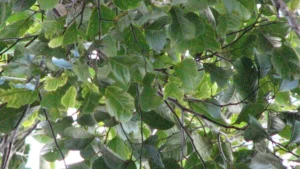
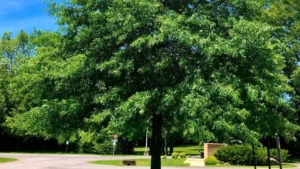
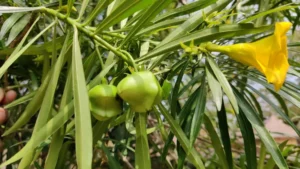
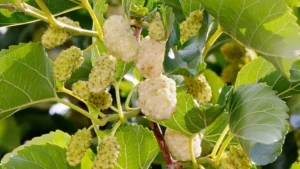
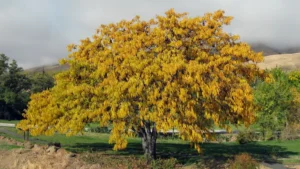
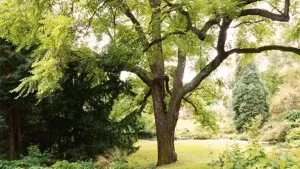
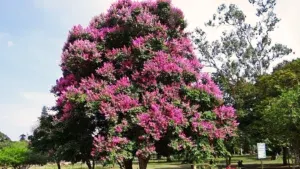
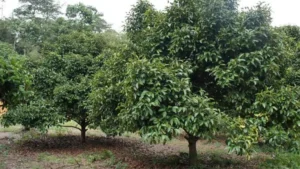
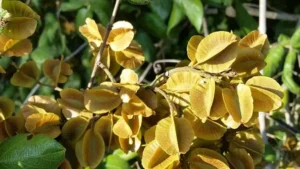
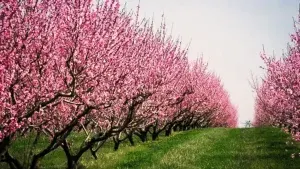
Leave your comment